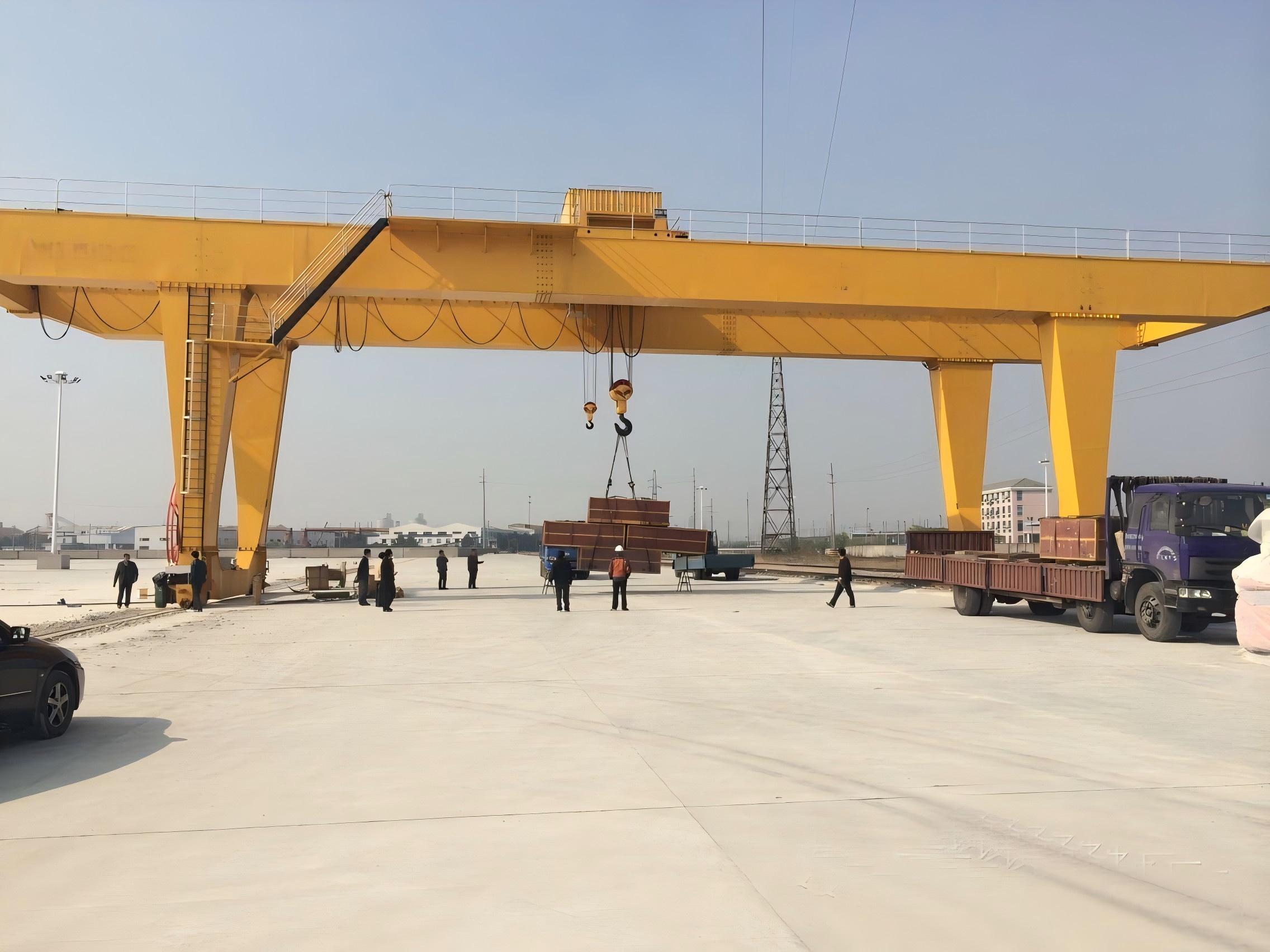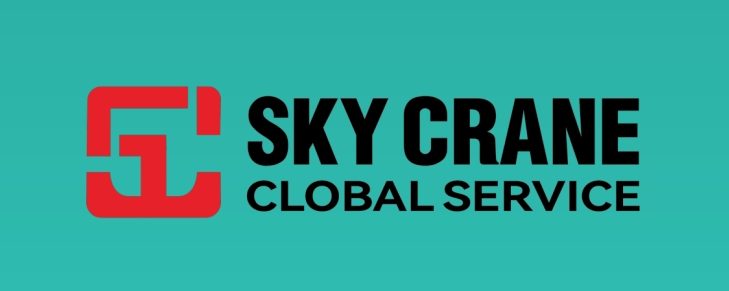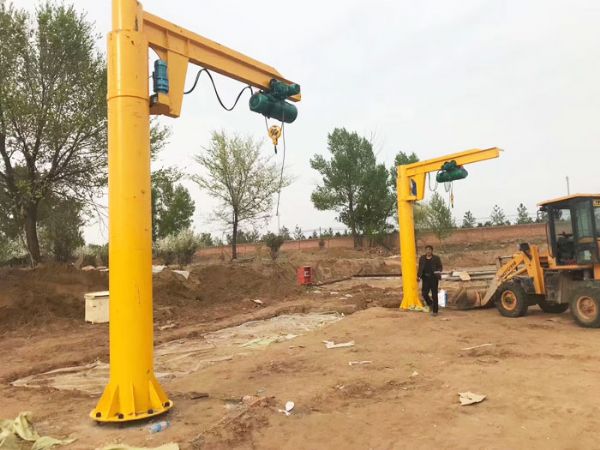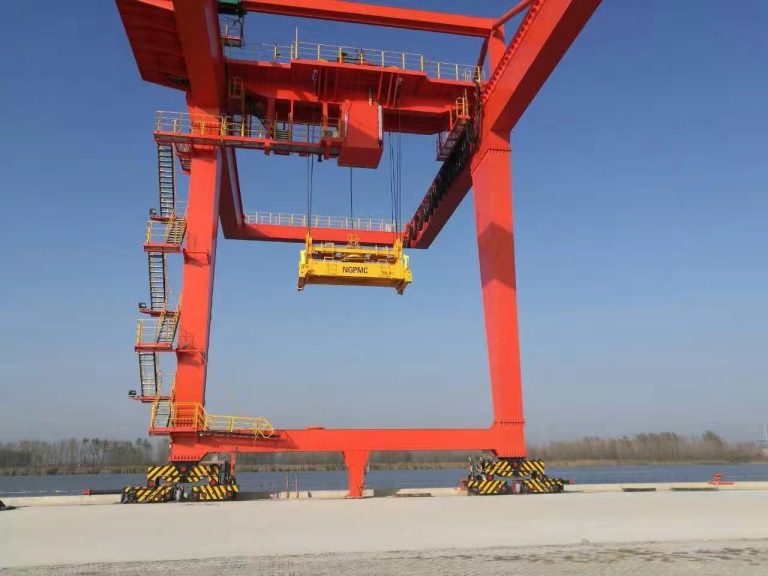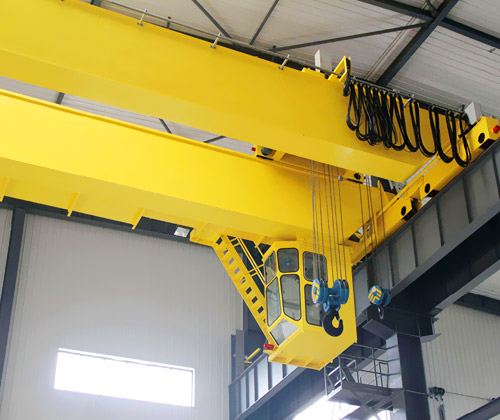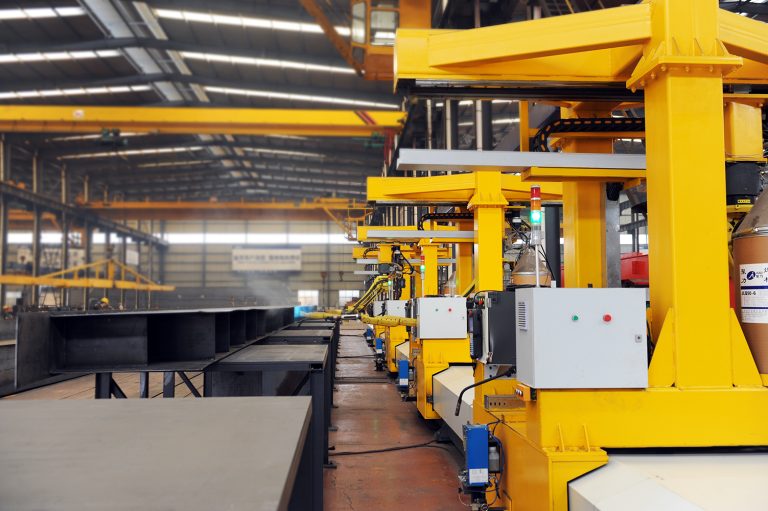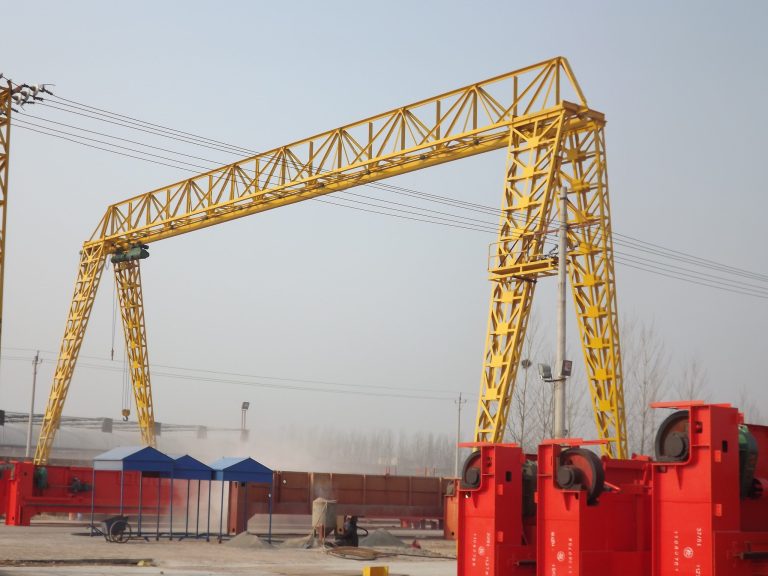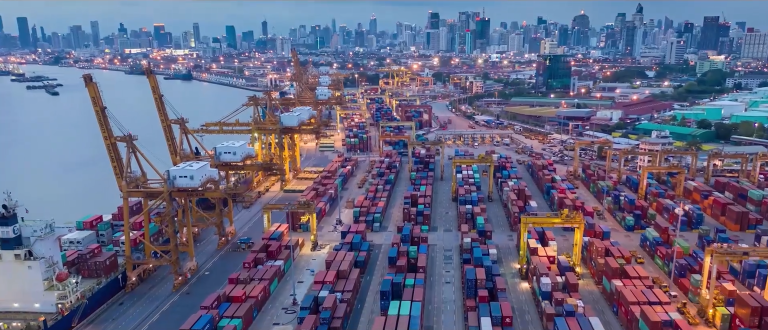Table of Contents
Safety Regulations for Lifting Equipment in Freight Yards
Lifting equipment plays a crucial role in the efficient operation of freight yards. From loading and unloading cargo to moving heavy containers, the use of lifting equipment is essential for handling goods in a safe and timely manner. However, the use of lifting equipment also comes with its own set of risks and safety concerns that need to be addressed to ensure the well-being of workers and the smooth operation of the freight yard.
| Serial Number | Products |
| 1 | 5~400T NEW-TYPE OVERHEAD CRANE WITH HOOK |
| 2 | MH rack crane |
| 3 | European-style crane |
| 4 | Harbour crane |
One of the most important aspects of using lifting equipment in a freight yard is ensuring that all safety regulations are followed. These regulations are put in place to protect workers from accidents and injuries that can occur when using lifting equipment. It is essential for freight yard suppliers to be aware of and comply with these regulations to create a safe working environment for their employees.
One of the key safety regulations for lifting equipment in freight yards is regular maintenance and inspection. Lifting equipment should be inspected regularly to ensure that it is in good working condition and safe to use. Any defects or issues should be addressed promptly to prevent accidents from occurring. Suppliers should have a maintenance schedule in place to ensure that all lifting equipment is properly maintained and inspected on a regular basis.
Another important safety regulation for lifting equipment in freight yards is proper training for employees. Workers who operate lifting equipment should be properly trained on how to use the equipment safely and effectively. They should be aware of the risks and hazards associated with using lifting equipment and know how to mitigate these risks. Suppliers should provide training to their employees to ensure that they are competent and confident in using lifting equipment.
In addition to regular maintenance and training, suppliers should also ensure that all lifting equipment is used in accordance with manufacturer guidelines. Each piece of lifting equipment comes with its own set of instructions and guidelines for safe use. It is essential for suppliers to familiarize themselves with these guidelines and ensure that their employees follow them when using the equipment. Failure to do so can result in accidents and injuries that could have been prevented.
Furthermore, suppliers should also ensure that all lifting equipment is properly labeled and marked with its maximum weight capacity. Overloading lifting equipment can lead to accidents and injuries, so it is crucial for suppliers to clearly communicate the weight limits of each piece of equipment. Employees should be trained to recognize and adhere to these weight limits to prevent accidents from occurring.
In conclusion, safety regulations for lifting equipment in freight yards are essential for protecting workers and ensuring the smooth operation of the yard. Suppliers should be aware of and comply with these regulations to create a safe working environment for their employees. By following regulations such as regular maintenance and inspection, proper training, adherence to manufacturer guidelines, and clear communication of weight limits, suppliers can help prevent accidents and injuries when using lifting equipment in freight yards.
Benefits of Using Specialized Lifting Equipment for Freight Yard Operations
Lifting equipment plays a crucial role in the efficient operation of freight yards. These specialized tools are designed to handle heavy loads and streamline the process of moving cargo from one location to another. By investing in high-quality lifting equipment, freight yard suppliers can improve safety, increase productivity, and reduce the risk of damage to valuable goods.
One of the key benefits of using specialized lifting equipment in a freight yard is improved safety. Manual lifting of heavy objects can lead to serious injuries, such as strains, sprains, and even fractures. By using equipment such as cranes, forklifts, and hoists, workers can avoid the physical strain associated with lifting heavy loads. This not only reduces the risk of injury but also creates a safer working environment for employees.
In addition to enhancing safety, specialized lifting equipment can also increase productivity in a freight yard. These tools are designed to handle heavy loads quickly and efficiently, allowing workers to move cargo more effectively. Cranes, for example, can lift and transport heavy containers with ease, reducing the time and effort required to move goods around the yard. By streamlining the process of loading and unloading cargo, lifting equipment can help suppliers meet tight deadlines and improve overall efficiency.
Furthermore, using specialized lifting equipment can help reduce the risk of damage to valuable goods. When heavy objects are lifted manually, there is a greater chance of accidents occurring, such as dropping or mishandling cargo. This can result in damage to the goods being transported, leading to financial losses for suppliers. By using equipment specifically designed for lifting heavy loads, such as pallet jacks or scissor lifts, suppliers can ensure that their cargo is handled with care and precision, minimizing the risk of damage during transportation.
Another advantage of using specialized lifting equipment in a freight yard is the ability to customize tools to meet specific needs. Different types of lifting equipment are available to suit various applications, from lifting containers to moving pallets. Suppliers can choose the right equipment for their specific requirements, ensuring that they have the tools necessary to handle any type of cargo efficiently. This flexibility allows suppliers to adapt to changing demands and optimize their operations for maximum efficiency.
In conclusion, investing in specialized lifting equipment for freight yard operations offers numerous benefits for suppliers. From improving safety and productivity to reducing the risk of damage to valuable goods, these tools play a vital role in streamlining the process of moving cargo from one location to another. By choosing the right equipment for their specific needs, suppliers can enhance efficiency, meet tight deadlines, and create a safer working environment for their employees. Overall, specialized lifting equipment is an essential investment for any freight yard looking to optimize its operations and improve overall performance.
How to Choose the Right Lifting Equipment Supplier for Your Freight Yard
When it comes to running a successful freight yard operation, having the right lifting equipment is crucial. Whether you are moving heavy containers, loading and unloading trucks, or stacking pallets, having reliable and efficient lifting equipment can make all the difference in the efficiency and safety of your operations. With so many suppliers offering a wide range of lifting equipment options, choosing the right supplier can be a daunting task. In this article, we will discuss some key factors to consider when selecting a lifting equipment supplier for your freight yard.
One of the first things to consider when choosing a lifting equipment supplier is the range of products they offer. A reputable supplier should have a wide selection of lifting equipment options to choose from, including cranes, forklifts, pallet jacks, and hoists. Having a variety of options allows you to select the equipment that best suits your specific needs and requirements. Additionally, a supplier that offers a range of products is more likely to have the expertise and experience to help you find the right solution for your freight yard.
Another important factor to consider when selecting a lifting equipment supplier is their reputation and track record. A supplier with a solid reputation in the industry is more likely to provide high-quality products and excellent customer service. You can research a supplier’s reputation by reading customer reviews, checking their ratings with industry organizations, and asking for references from other businesses that have used their services. A supplier with a proven track record of delivering reliable and durable lifting equipment is more likely to meet your expectations and provide you with the support you need to keep your operations running smoothly.
In addition to the range of products and reputation, it is also important to consider the level of customer service and support offered by a lifting equipment supplier. A supplier that is responsive, knowledgeable, and attentive to your needs can make a big difference in your overall experience. Look for a supplier that offers on-site consultations, training for your staff, and ongoing maintenance and support services. Having a supplier that is committed to helping you get the most out of your lifting equipment can save you time and money in the long run.
When choosing a lifting equipment supplier for your freight yard, it is also important to consider factors such as pricing, delivery times, and warranty options. Compare quotes from multiple suppliers to ensure you are getting the best value for your money. Look for suppliers that offer competitive pricing without compromising on quality. Additionally, consider the supplier’s delivery times and warranty options to ensure you are getting the equipment you need when you need it, and that you are protected in case of any issues or malfunctions.
In conclusion, choosing the right lifting equipment supplier for your freight yard is a critical decision that can impact the efficiency and safety of your operations. Consider factors such as the range of products, reputation, customer service, pricing, delivery times, and warranty options when selecting a supplier. By taking the time to research and compare different suppliers, you can find a reliable partner that will help you meet your lifting equipment needs and support your business for years to come.
